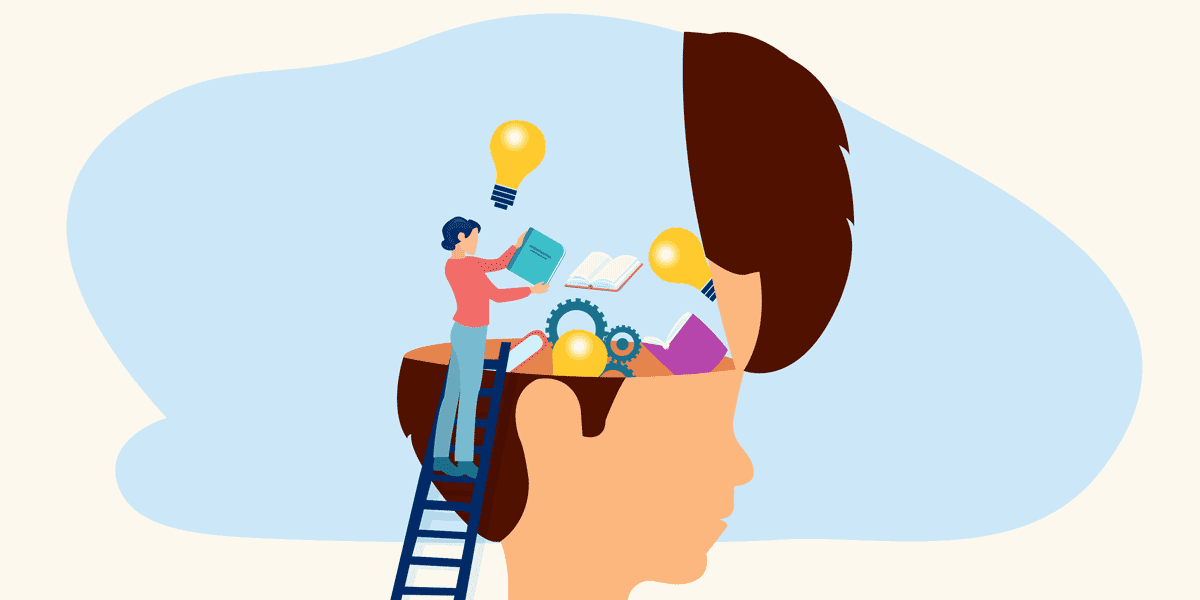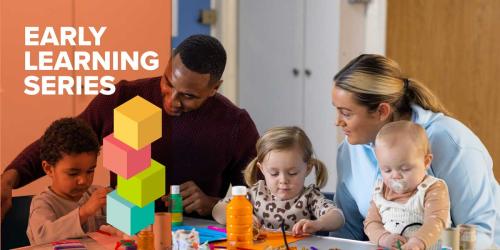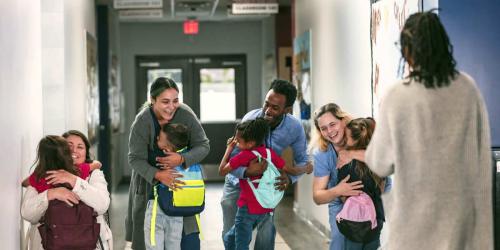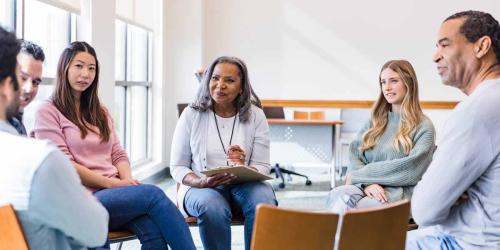An Equity Model for Youth Mentoring

Formal mentoring relationships can support the well-being of minoritized young people—if they are built on a strengths-based approach that prioritizes healing-centered engagement and uplifts community cultural wealth.
Much academic thinking on youth mentoring today is built on three approaches that, while valuable and influential, are all about twenty years old. My colleagues Kristian Jones of the University of Washington and Aisha Griffith of the University of Illinois Chicago decided to see if we could build on those ideas to develop a new framework: The Equity Model of Youth Mentoring.
The Equity Model of Youth Mentoring is guided by the values of centering the pursuit of social justice and recognizing structural oppression.
Why a New Model?
The Equity Model of Youth Mentoring is guided by the values of centering the pursuit of social justice and recognizing structural oppression. While the youth mentoring field has grown exponentially under the perspectives offered in the three original models, we often found ourselves thinking about what we as a field might be missing or not paying enough attention to.
We wanted to accomplish two tasks in this updated model:
- Think more broadly about what makes mentoring effective (e.g., provision of social capital)
- Add some modern perspectives (e.g., community cultural wealth)
We hope this updated model also redistributes some power within the mentoring relationship back to the young person and their family. We can do this by acknowledging the wealth of resources within those players and by emphasizing the benefits the mentor experiences through being in relationship with the young person.
Where We Started
Before we get to the specifics of the equity model, let’s look at the three previous models it’s built on. These are Tom Keller’s systemic model, Renee Spencer’s relational model, and Jean Rhodes’ outcomes-oriented model. For us, these are not just scholars whose work we read. They were all either formal or informal mentors to me and my colleagues throughout the early part of our careers. This work reflects how mentoring relationships can enrich the lives of all involved.
You can dive deeper into these models, including the author’s reflections on their work today, in our paper Youth Mentoring as a Means of Supporting Mental Health for Minoritized Youth: A Reflection on Three Theoretical Frameworks 20 Years Later.
Keller—The Systemic Model
Tom Keller, a professor at the Portland State University School of Social Work, developed a youth mentoring model focused on the social world surrounding the mentor–mentee match. This includes, for example, the relationship between the mentor and the mentee’s parents.
Spencer—The Relational Model
Renée Spencer is a professor at the Boston University School of Social Work. Her model focuses on the interpersonal dynamics of the mentor–mentee relationship. Her work underscores the importance of mentor empathy and authenticity.
Rhodes—The Outcomes-Oriented Model
Jean Rhodes is a professor at the University of Massachusetts Boston and director of its Center for Evidence-Based Mentoring. Her work focuses on three potential outcomes of the mentoring experience—the young person’s social emotional, cognitive, and identity development.
The Four Components of the Equity Model
The three models Keller, Spencer, and Rhodes developed have informed decades of academic work on mentoring—and have also influenced practitioners in the field. In exploring a new model prioritizing equity, we first asked ourselves one question: Why not combine all three?
Each of the models mentioned above has something to offer. And yet, we thought broadening the perspectives on how mentoring is impactful, updating the conceptual models with modern frameworks, and redistributing power back to the young person were all important updates to make. The Equity Model for Youth Mentoring we created outlines four main components of a positive and effective mentoring relationship. You can read about it in more detail in our paper Why Not All Three? Combining the Keller, Rhodes, and Spencer Models Two Decades Later to Equitably Support the Health and Well-Being of Minoritized Youth in Mentoring Programs. Let’s take the four components one by one.
A Strong Foundation
To have a good mentor–mentee relationship, a few things need to happen in the beginning. These include acknowledging the young person’s voice and power and really demonstrating asset-based approaches to building trust.
Mechanisms
We don’t believe mentors need or should do everything, but instead evaluate what assets the young person already has in their social world and how the mentor can assist—either themselves directly or through connections to other people or means of support.
Reciprocity
Part of our strengths- and assets-based approach is acknowledging the positive impacts the mentor experiences by getting connected to this great young person and their world. In other words, the mentoring relationship doesn’t just benefit the mentee—it’s a two-way street!
Context-Specificity
Agencies can provide mentors with support such as antiracist training and knowledge of developmental norms to help them see and understand the young person, their world, and all the assets within it.
A Continuing Conversation
We want the Equity Model for Youth Mentoring to be the beginning of a conversation and not the final say. We believe that inviting more voices to this work can only strengthen it and would love your feedback on how we can continue to update the conceptual framework behind the youth mentoring literature.
Dr. Grace Gowdy is passionate about better understanding and improving the lives of young people from minoritized and otherwise marginalized backgrounds. She believes in both the power of relationships with caring adults (like teachers, mentors, and coaches) and their necessity to create a world in which young people’s adult lives are based on their individual interests and merits and not the oppressive systems they were born into.



